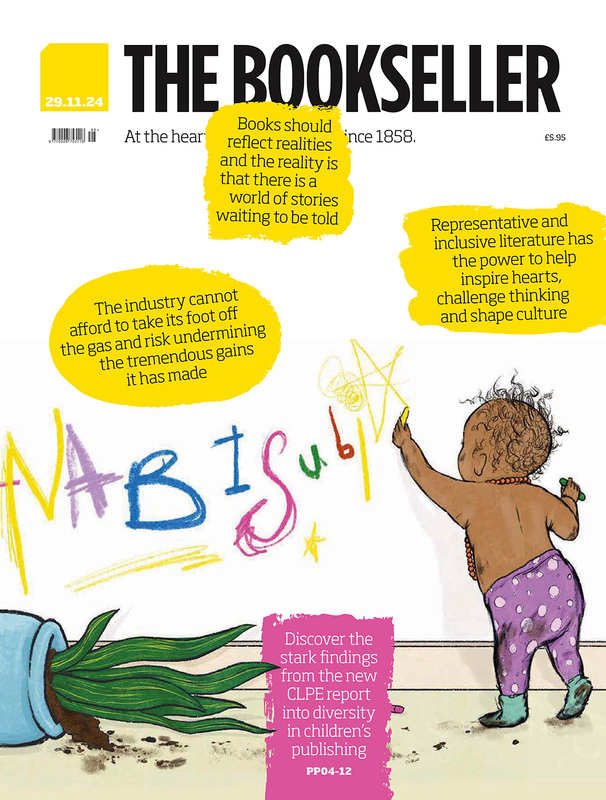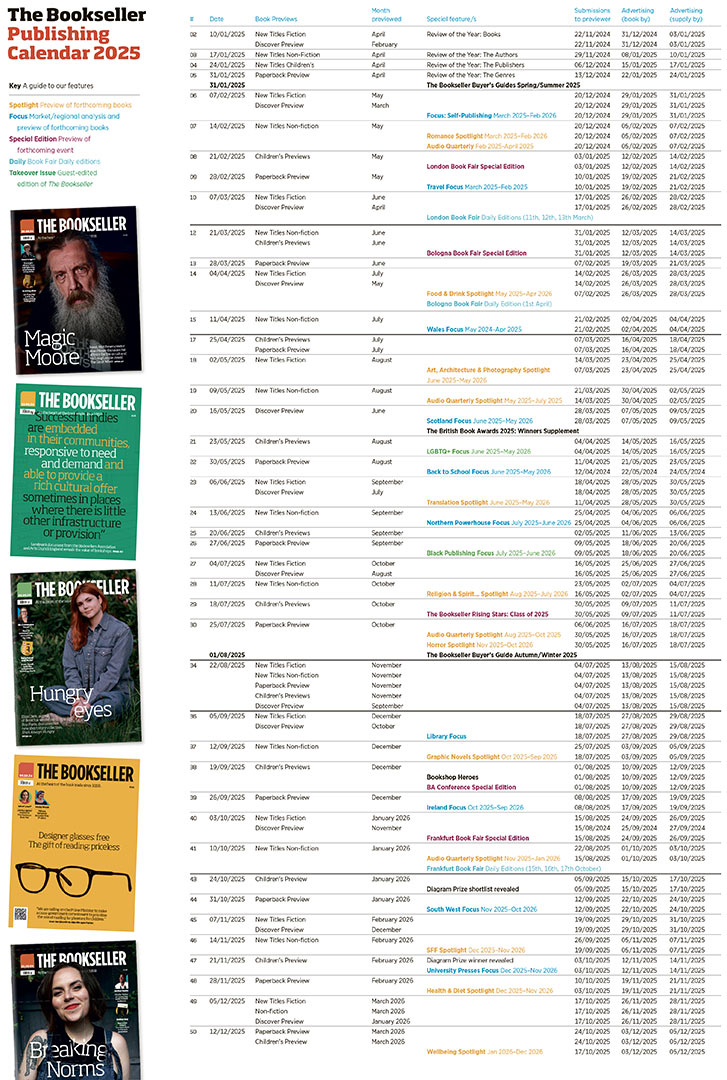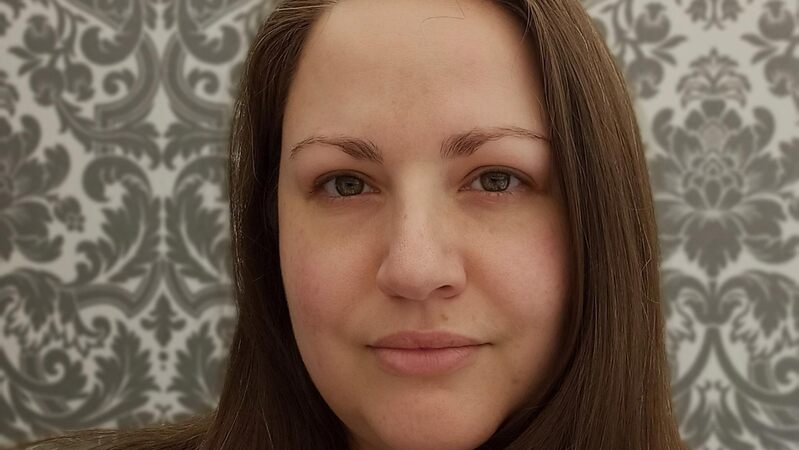You are viewing your 1 free article this month. Login to read more articles.
Tracy Chevalier: Weaving together a medieval tale
Tracy Chevalier is following her successful historical novels, Girl with a Pearl Earring (to be released as a film this autumn) and Fallen Angels, with a tale that recreates the background to the Lady and the Unicorn tapestries, a set of six French medieval tapestries now housed in the Cluny museum in Paris.
In The Lady and the Unicorn, womanising portrait painter Nicholas des Innocents is commissioned to design the tapestries; his images of the Lady reflect the faces of the individual women he is involved with.
"When I was a teenager I had a unicorn obsession the way other girls have horse obsessions. I had a unicorn sticker in my window, and unicorn necklaces, and during that craze I saw these tapestries in a book. Then, when I was 20 I went to Paris for the first time and saw them, and I was really struck by them.
"When I first started out on the book, I was completely ignorant of weaving and I assumed that women would have done it. But tapestry-making was an artisan's craft, there was a Guild and apprenticeships, very much like being a painter or a blacksmith, and women didn't do any of that. I realised that the person who commissioned the tapestries would have been a man, the person who negotiated the deal with the weavers would have been a man, the person who designed them would have been a man, and the person who wove them would have been a man. I thought, 'Oh no, I've got to write about men!' Then I thought, 'Maybe it's just as well, it's about time I cracked them.'
"But the women had to have their voice as well. It's also a book about how you are influenced when you make or design something; so when my painter Nicholas des Innocents is coming up with the design, he's very affected by his attraction to the mother and the daughter, Genevi?ve and Claude Le Viste.
"Medieval historians do not know exactly when or where the tapestries were made. They know the coat of arms featured in them is that of the Le Viste family, and they think they were probably made for Jean Le Viste around 1490, and were probably woven in Brussels. But while we know Jean Le Viste and his wife and daughter existed, we know very little about them.
"There's a lot of debate about whether the faces of the Lady in the six tapestries are portraits. When I asked a medieval historian about the fact that the faces looked like six different people, she said it was not so important at that time to recreate the individual face, and that people looking at the tapestries would have accepted that they were all the same lady. But I thought that each woman seemed to have a different feel about her.
"There are different interpretations of what the tapestries could mean. The unicorn's seduction is about losing your virginity; but there's also an interpretation of the series as being about saying goodbye to each one of the senses in turn--leaving the physical life. I liked the idea that you could have the two interpretations at the same time: one about a woman at the beginning of her sexual life and one at the end of her sexual life. I thought, 'Can I weave that together?'"
* Tracy Chevalier The Lady and the Unicorn (HarperCollins, 8th September, £16.99, 0007140908)








